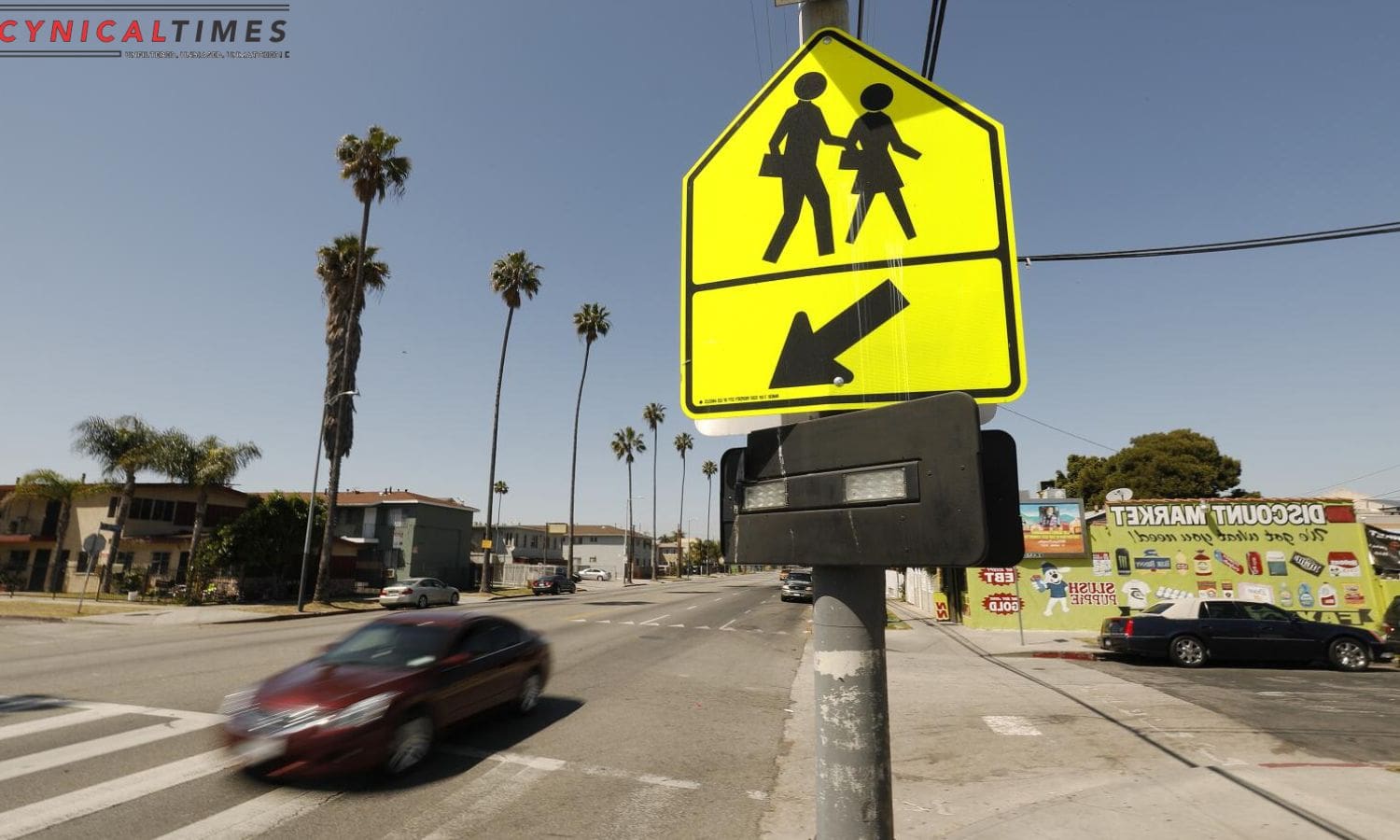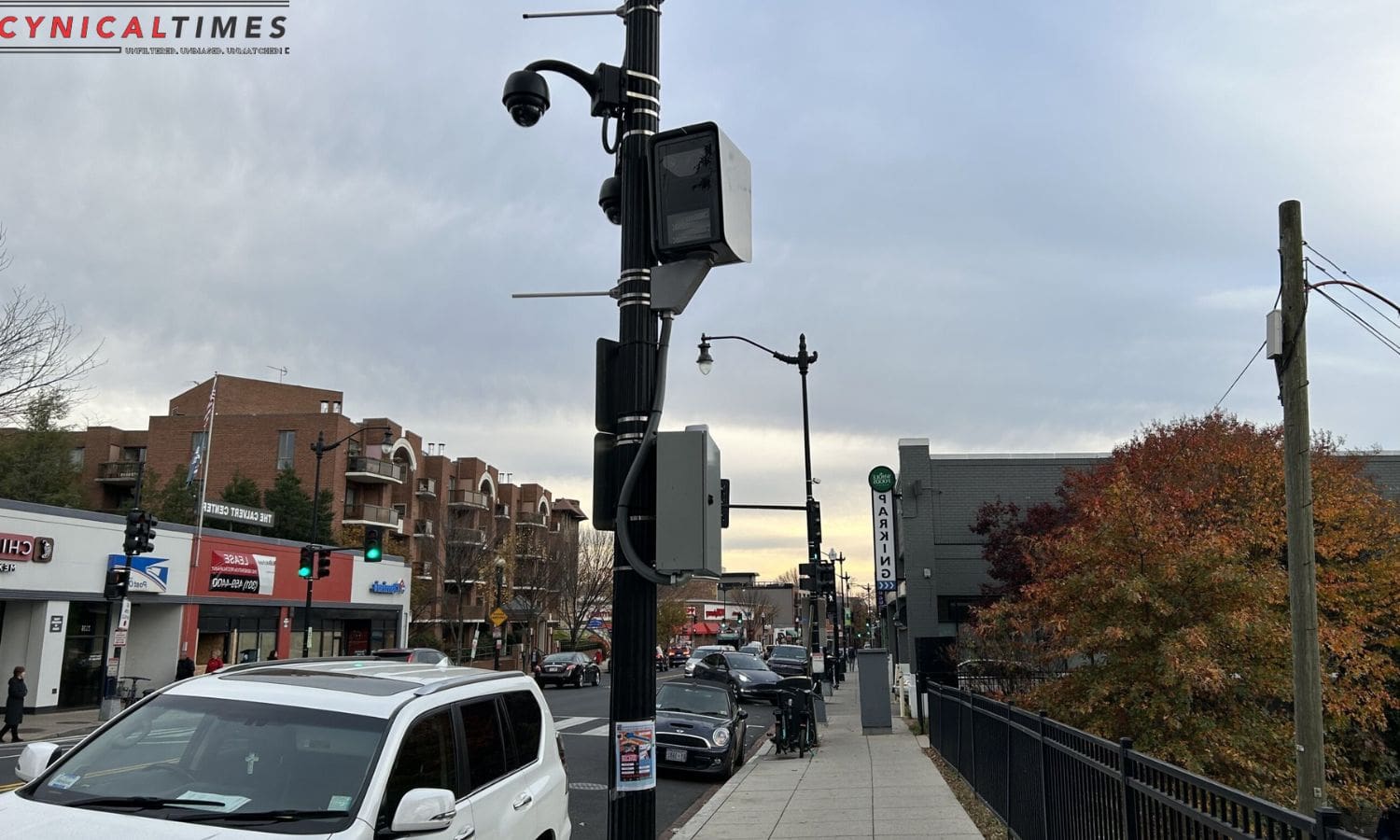Southern CaliforniaTraffic Safety Upgrade: Southern California is set to revolutionize its traffic safety measures with the implementation of speed cameras to combat speeding. This innovative upgrade aims to enhance road safety and mitigate the risks associated with excessive speed. By introducing these cameras, authorities are taking proactive steps to enforce speed limits and prevent accidents.
However, this move has sparked debates between supporters, who emphasize the effectiveness of speed cameras, and critics, who raise concerns about privacy.
This article delves into the details of this significant transformation in Southern California’s traffic safety infrastructure.
Key Takeaways Of Southern CaliforniaTraffic Safety Upgrade
- Speed cameras have been implemented in California, specifically in Los Angeles, Glendale, and Long Beach, as part of a pilot program to combat speeding and improve traffic safety.
- These speed cameras issue tickets to drivers who exceed the speed limit by 11 mph, with a warning for the first offense and a $50 fine for the second offense.
- Studies have shown that the implementation of speed cameras can result in a significant reduction of up to 76% in collisions, fatalities, and injuries.
- The successful implementation of speed cameras relies on strategic placement, robust monitoring systems, regular maintenance, and calibration to ensure accuracy and reliability.


Introduction of Speed Cameras in California
The implementation of speed cameras in California marks a significant step towards combating speeding and improving traffic safety. As part of a pilot program in Los Angeles, Glendale, and Long Beach, these speed cameras will automatically issue tickets to drivers who exceed the posted speed limit by 11 miles per hour.
While a first offense results in a warning, a second offense incurs a $50 fine, with the option for low-income drivers to pay a reduced ticket of $25.
Advocates, such as Damian Kevitt from Streets Are For Everyone, highlight the effectiveness of speed cameras in reducing collisions, fatalities, and injuries, with studies showing up to a 76% reduction.
Implementation and Enforcement of Speed Cameras
To effectively implement and enforce speed cameras in Southern California, careful consideration must be given to the logistical aspects of installation, monitoring, and maintenance. This includes determining the most strategic locations for camera placement based on traffic patterns, accident data, and community input. Additionally, a robust monitoring system must be established to ensure that violations are accurately detected and recorded. Regular maintenance and calibration of the cameras are also crucial to ensure their accuracy and reliability. To provide a comprehensive overview, the following table outlines the key components of implementing and enforcing speed cameras:
| Logistical Aspects | Details |
|---|---|
| Installation | Strategic placement based on traffic patterns and accident data |
| Monitoring | Establishing a robust system for accurate detection and recording of violations |
| Maintenance | Regular maintenance and calibration to ensure accuracy and reliability |

Also Read: Surfers Await Northern California Mavericks for Record Waves
Supporters and Advocates of Speed Cameras
Supporters and advocates of speed cameras include law enforcement agencies, traffic safety organizations, and concerned community members.
Law enforcement agencies view speed cameras as an effective tool to enforce speed limits and improve road safety. These cameras provide an additional layer of surveillance, allowing officers to focus on other law enforcement priorities.
Traffic safety organizations, such as the National Highway Traffic Safety Administration, recognize the potential of speed cameras to reduce speeding-related accidents and fatalities. They believe that by deterring drivers from exceeding speed limits, these cameras can contribute to a safer driving environment.
Concerned community members also support the use of speed cameras, as they believe that stricter enforcement will lead to reduced speeding and ultimately save lives. These supporters argue that the fines imposed by speed cameras act as a deterrent, encouraging drivers to obey speed limits and drive responsibly.
Opposition and Criticisms of the Pilot Program
Critics and opponents of the pilot program have raised concerns about potential biases and disproportionate targeting of low-income communities and communities of color. They argue that the expansion of surveillance through speed cameras may exacerbate existing inequalities in the criminal justice system. Human Rights Watch, in particular, has expressed worries that these communities will be unfairly targeted.
However, proponents argue that these communities are also disproportionately affected by traffic deaths and that the cameras can help address this issue. The law includes provisions to address potential financial hardships, such as reducing fines for individuals below the federal poverty line and providing options for community service.
Despite these measures, critics remain skeptical about the program’s impact on vulnerable communities and call for further scrutiny to ensure fairness and equity in its implementation.


Balancing Road Safety and Privacy Concerns
The challenge lies in finding a balance between promoting road safety and addressing privacy concerns regarding the implementation of speed cameras in Southern California.
While the introduction of automated speed cameras aims to reduce speeding-related fatalities, civil rights and advocacy groups have raised concerns about surveillance and privacy.
To address these concerns, lawmakers have made amendments to the policy. These include reduced fines for low-income drivers, the option for community service instead of fines, and recording only license plates, not drivers’ faces.
By incorporating these measures, the aim is to ensure that road safety improvements are achieved without compromising individuals’ privacy rights.
This delicate balance requires careful consideration and ongoing evaluation to ensure that both road safety and privacy concerns are appropriately addressed.
Conclusion Of Southern CaliforniaTraffic Safety Upgrade
In conclusion, the introduction of speed cameras in Southern California aims to improve traffic safety by addressing the issue of speeding.
While there are supporters who believe that speed cameras can effectively enforce speed limits and reduce accidents, there are also criticisms and concerns regarding privacy.
Balancing road safety and privacy concerns will be crucial for the success of the pilot program.
Ultimately, the effectiveness and acceptance of speed cameras in California will depend on how well these concerns are addressed and managed.
Our Reader’s Queries
What is the new California speed law?
If you’re driving in a speed-camera zone, make sure to stay within the posted speed limit. Going 11-15 miles per hour over the limit will result in a $50 fine, while traveling 100 miles per hour over the limit will cost you $500. Before implementing the cameras, cities must conduct public information programs as part of the pilot. Stay informed and avoid hefty fines by obeying the speed limit.
What are the four pillars of safety Caltrans?
To achieve success, it’s important to focus on what works and double down on those efforts. Additionally, accelerating the development of advanced technology can help propel progress forward. Implementing a safe system approach is crucial to ensuring that all individuals are protected and accounted for. Finally, integrating equity into all aspects of decision-making is essential for creating a fair and just society.

